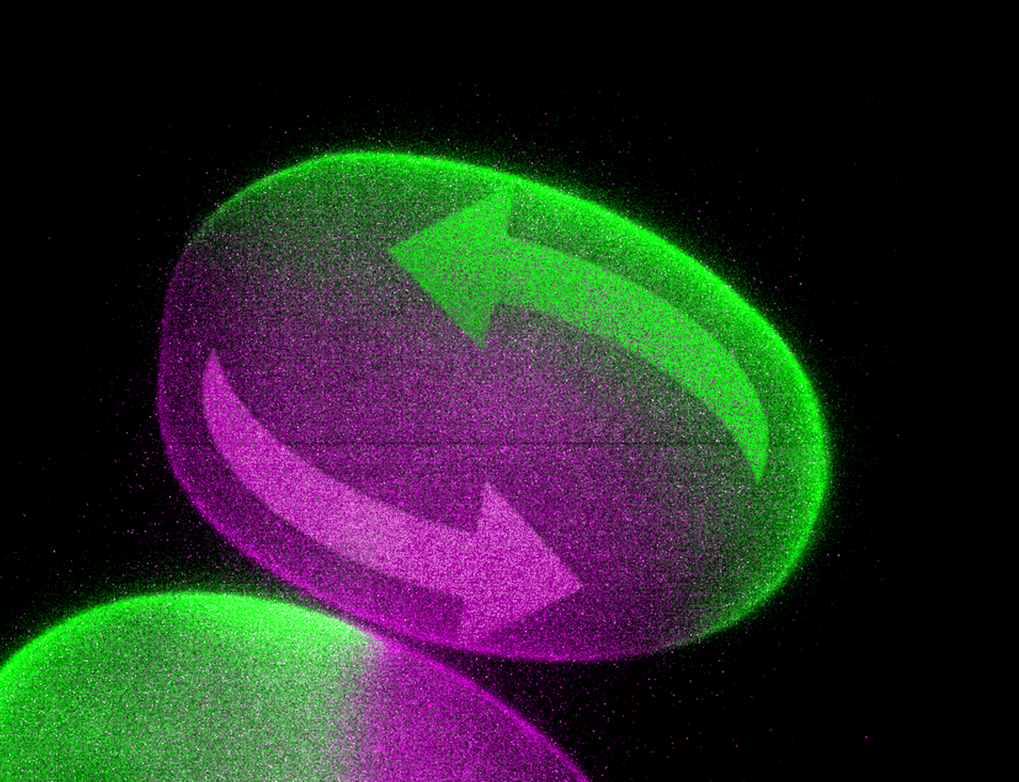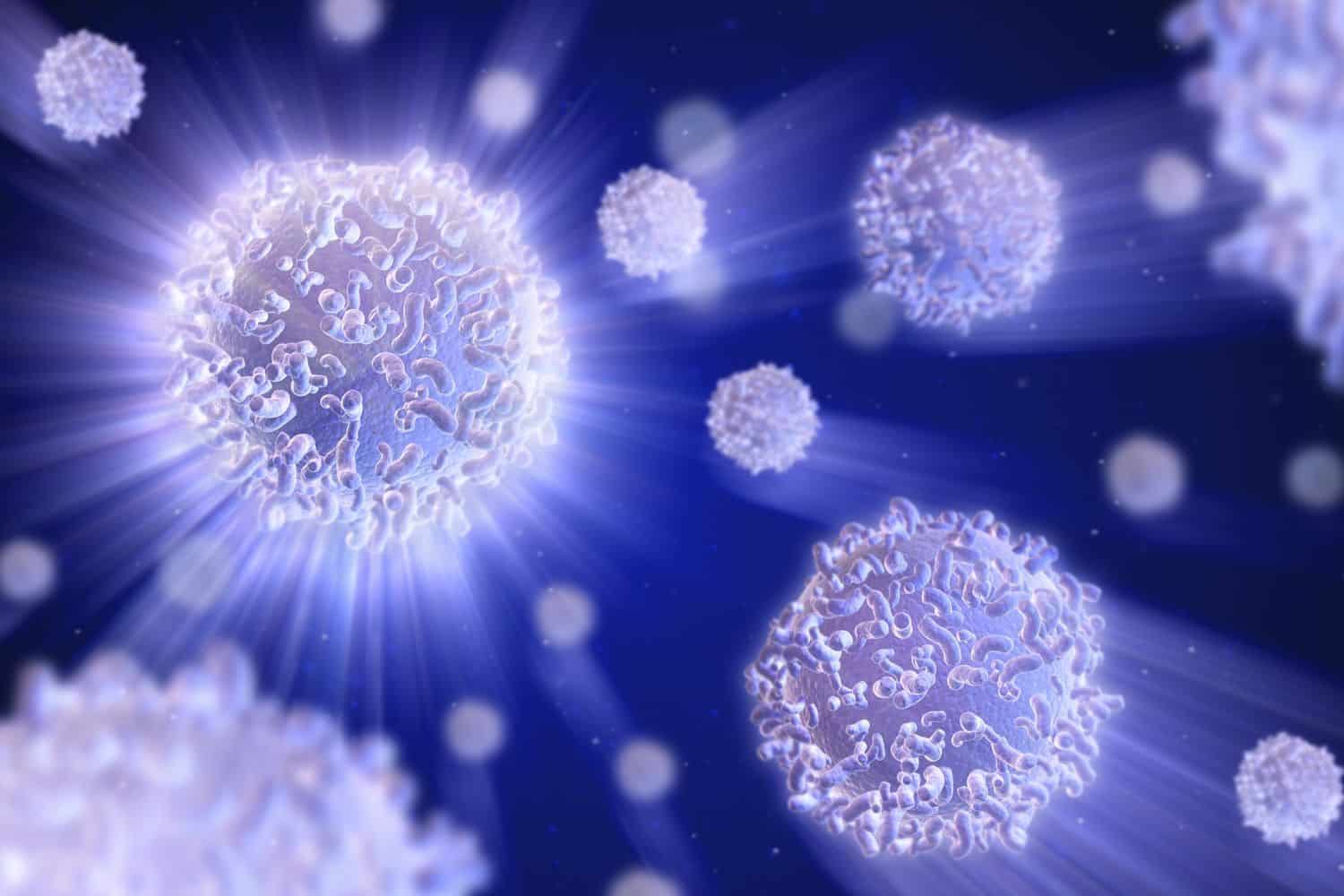Scientists Devise Interactive Microscope, Unveil Physical Principles of Cell Organization
Cell membranes, in addition to their structural-mechanical functions, regulate diverse cellular functions, and play a significant role in several physiological and pathological processes.
The spatiotemporal organization of cells largely depends on physical processes such as diffusion or cytoplasmic flows, and strategies to perturb physical transport inside cells are not yet available.
Therefore, there is a need for a generic, accessible analytical tool that can combine full-lipidome quantification with simultaneous monitoring of the turnover, the flux, of individual lipids.
Enter focused-light-induced cytoplasmic streaming aka FLUCS. Developed by a collaborative team of scientists at the Max-Planck Institute for Cell Biology and Genetics (MPI-CBG) and École polytechnique fédérale de Lausanne (EPFL), scientists of the Institute for Pancreatic Islet Research (IPI) of Helmholtz Zentrum München in Dresden. FLUCS is local, directional, dynamic, probe-free, physiological, and is even applicable through rigid egg shells or cell walls.

By making a microscope this interactive, the team has found a way to induce and control motion within living cells and early embryos- they were able to actively guide central developmental processes in worm embryos.
Matthäus Mittasch, the leading author of the study says: “With FLUCS, microscopy of growing embryos becomes truly interactive“. And indeed: with the help of realistic computer simulations the researchers even managed to reverse the head-to-tail body axis of worm embryos with FLUCS, leading to inverted development.
Lead investigator Moritz Kreysing, with a dual affiliation to the Center for Systems Biology Dresden, concludes: “The ability to actively move the interior of biological cells will help to understand how these cells change shape, how they move, divide, respond to external signals, and ultimately how entire organisms emerge guided by microscale motion.” On the medical side, FLUCS has the potential to improve our understanding of developmental defects, aid in-vitro fertilization, organism cloning, and the discovery of new drugs.























